Bird’s legs and feet: different shapes - Introduction
Show me your legs, I will know where you are living!
Birds have very well adapted legs and feet, according to the habitat where they live. From short to very long, through bare or feathered legs, these tools are used in definite soils and under peculiar weather conditions.
The legs are covered in scales, and the toes are equipped with claws, more or less long or curved, according to the species and its behaviour.
Text by Nicole Bouglouan
Photographers:
Didier Buysse
Vision d’Oiseaux
Alfredo Colón
Puerto Rico Wildlife
Steve Garvie
RAINBIRDER Photo galleries
Tom Grey
Tom Grey's Bird Pictures
Patrick Ingremeau
TAMANDUA
Tom Merigan
Tom Merigan’s Photo Galleries
Bob Moul
Nature Photography
Jean Michel Peers
JMPN PHOTOGRAPHIE
Jean Marc Rabby
Des Ailes et des Plumes
Ingo Waschkies
Bird Photography
Callie de Wet
GALLERY
Philippe et Aline Wolfer
GALERIE
Nicole Bouglouan
PHOTOGRAPHIC RAMBLE
Sources:
Wikipedia (Wikipedia, The Free Encyclopedia)
Welcome to Avian Anatomy and Morphology
The Earthlife Web
Raptors have strong, long, curved claws allowing them to catch and kill the terrestrial or aquatic preys with the talons.
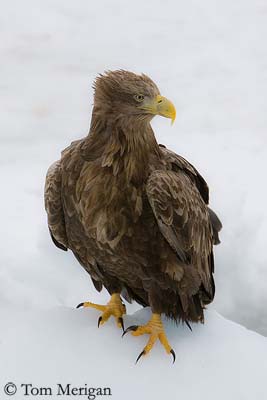
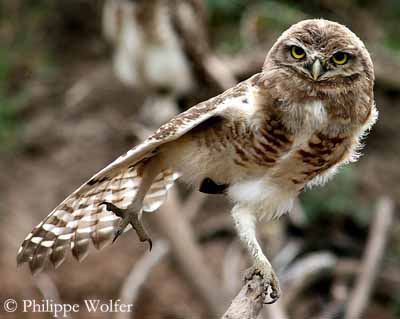
Terrestrial birds are walking or running over sandy, stony or rocky areas, and need strong, long legs with robust toes.
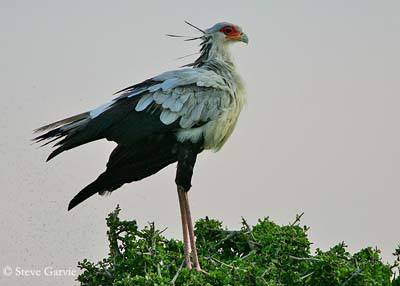
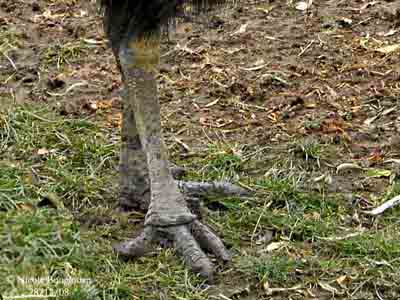
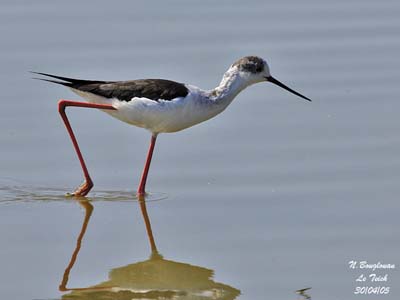
Others frequent the same type of habitat, but with vegetation, involving the need of long legs, in order to walk and run through bushes and scrubs.
The birds of the wet areas also need long legs to forage in shallow or deeper waters.
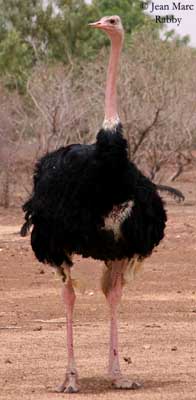
Some large terrestrial birds such as ostrich and other similar species, have didactylous feet, with only two strong toe forwards.
On the other hand, the aerial birds often perch on branches in trees, and need flexible toes with claws, able to grasp strongly the branch when they rest or sleep. They have the most common anisodactylous feet, with three toes forwards and one toe backwards.
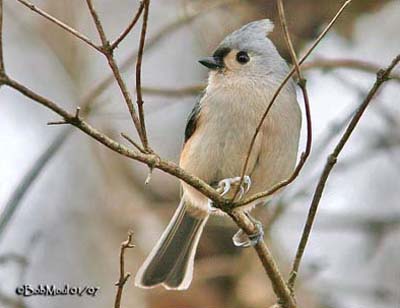
The creepers which are arboreal species have zygodactylous toes (two forwards and two backwards) allowing them to climb along the tree trunks. We find this type of feet in Psittaciformes, but also in Picidae and Sittidae families.
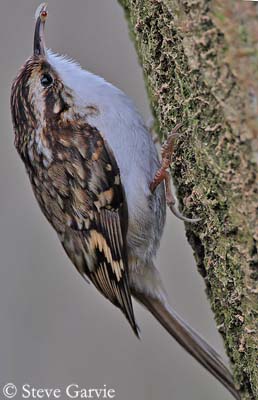
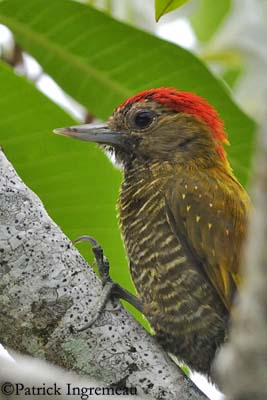
In addition, the Sittidae, and mainly the nuthatches, are able to forage upside down, and to move over the tree trunk upwards and downwards.
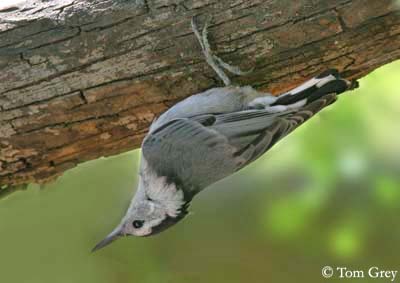
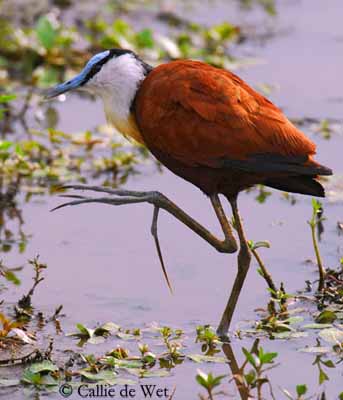
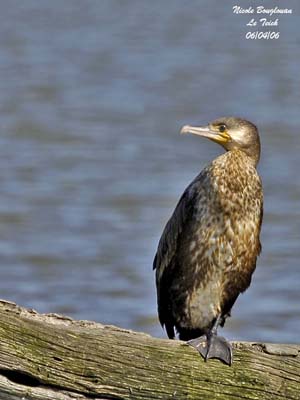
Some aquatic birds such as gannets, cormorants and pelicans, have anisodactylous feet, with the four toes joined by the same membrane.
Juvenile
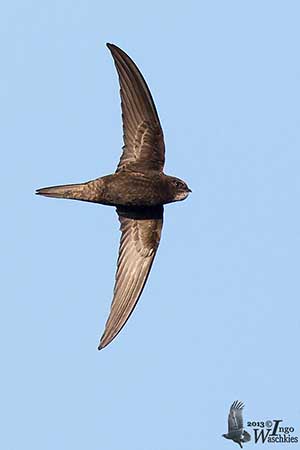
The Apodiformes have short legs with pamprodactylous feet, with four toes forwards, allowing them to grasp the rim of the nest. These birds belong to the Apodidae Family and are almost exclusively aerial, landing only for nesting.
The short legs are well adapted to the behaviour of Trochilidae when they feed on nectar inside the flowers.
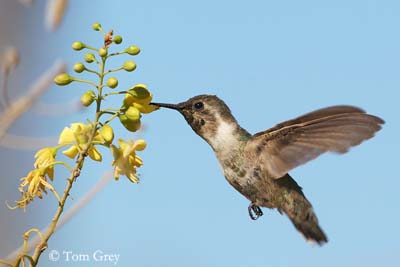
And some species found in the Galliforme Order, show a spur on the rear legs, just above the other toes.
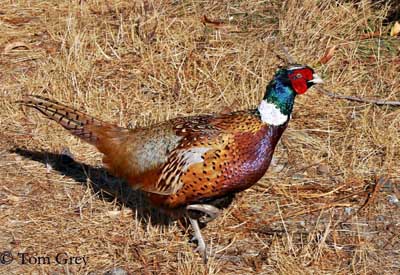
Legs and feet tell us how and where the bird is living, what is its foraging behaviour, if it moves by running, walking or swimming.
As the bill, legs and feet are very important tools allowing each species to feed, to catch preys, to kill them. In fact, they are for the bird that are for us forks, knifes or shoes!
We will learn more about each group in detail though the following pages.
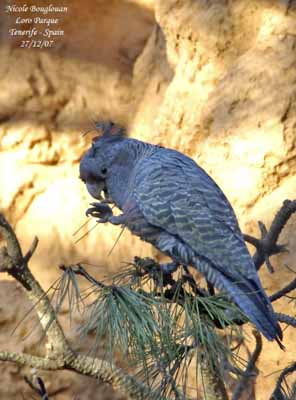
female